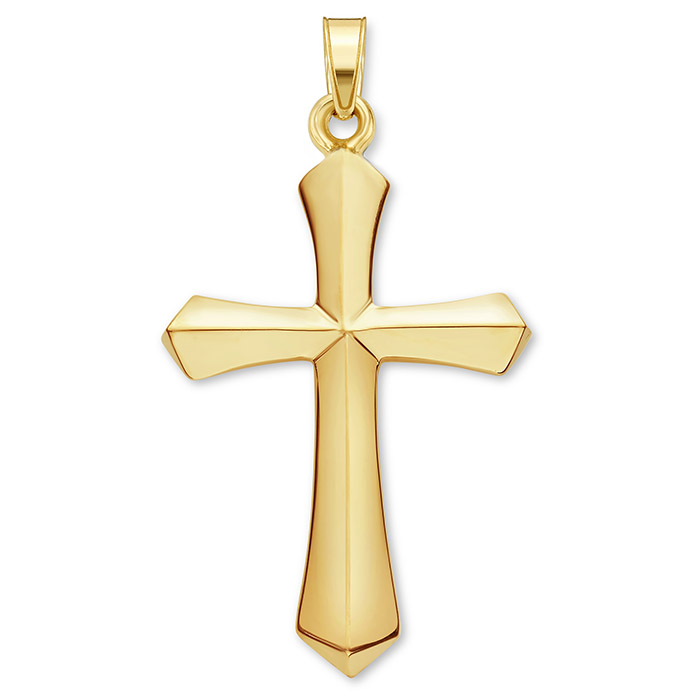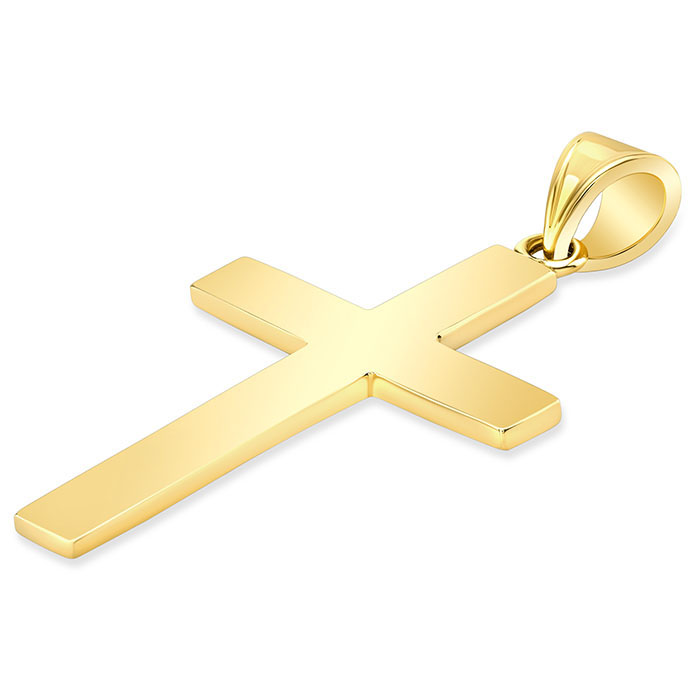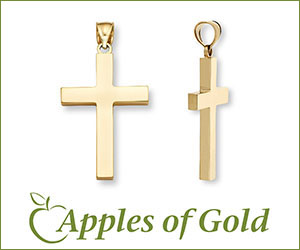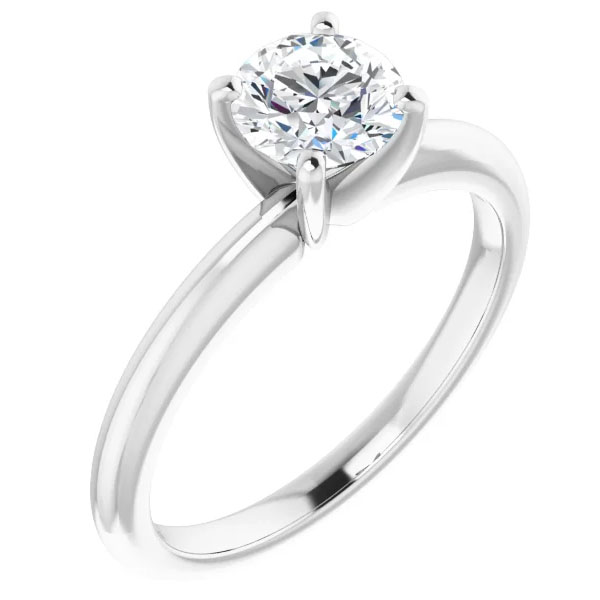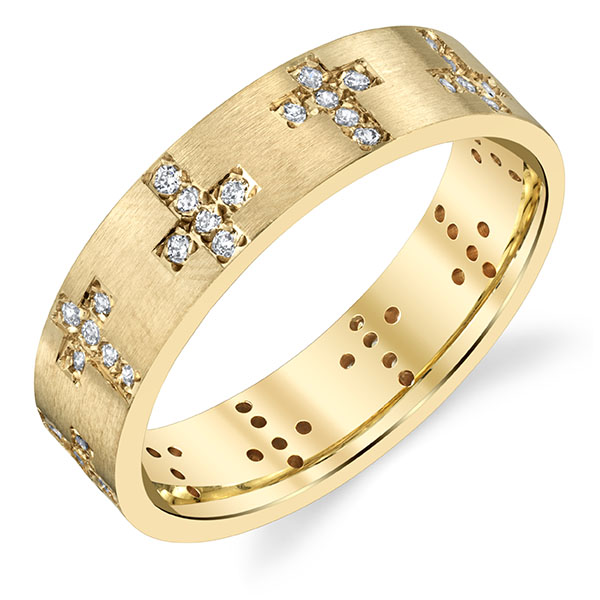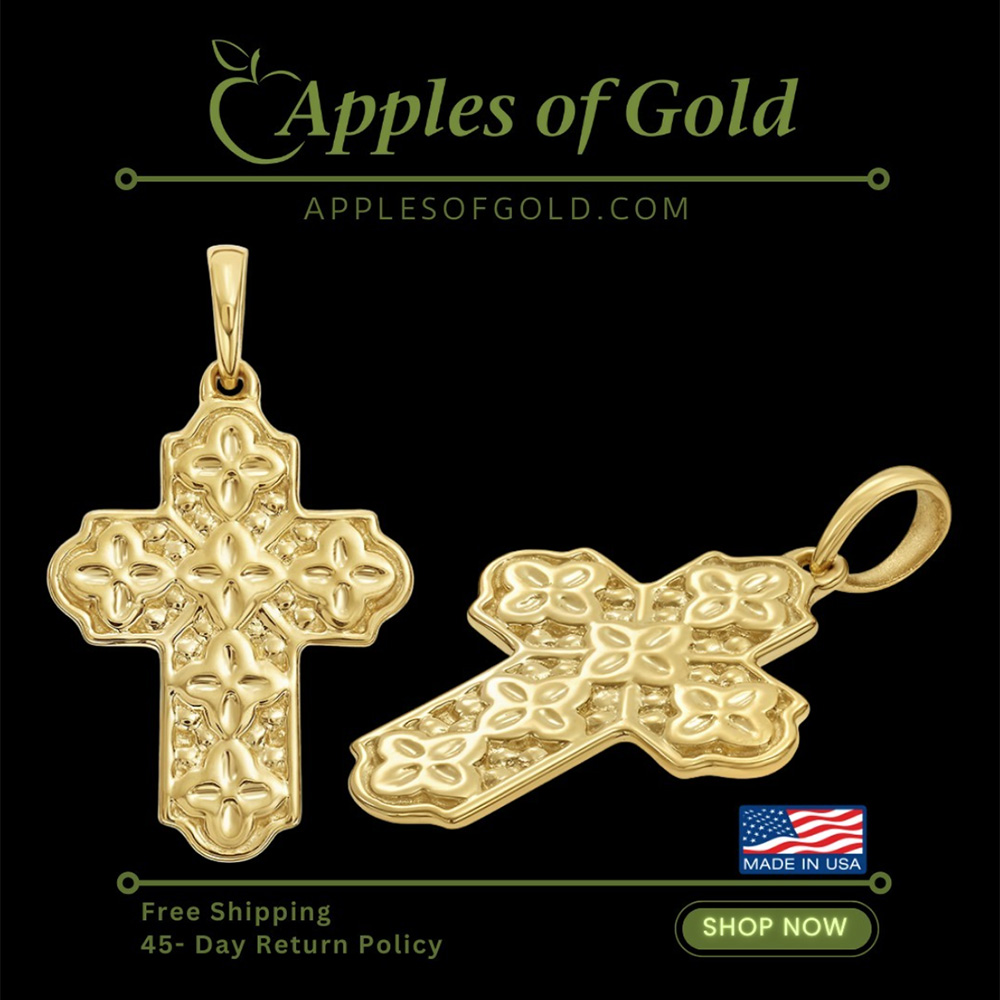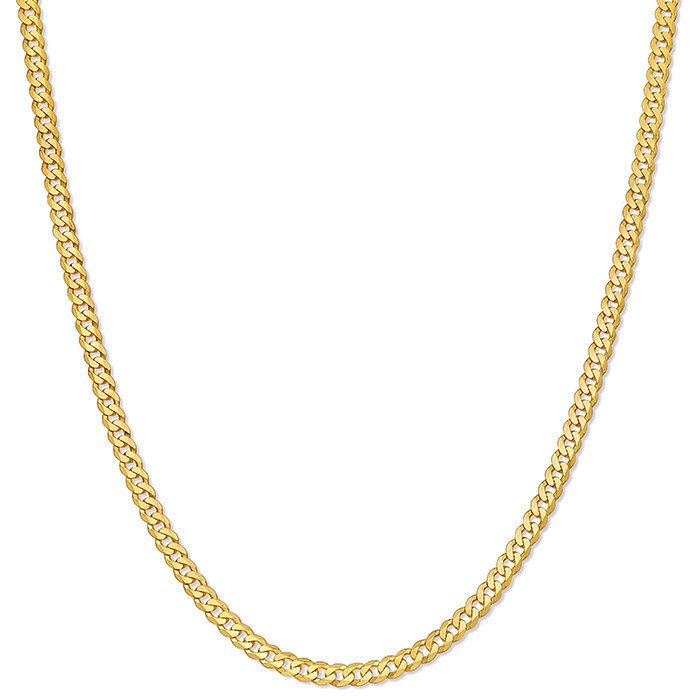Meaning of the Cross
What is the meaning of the cross? This is a topic that could take up the entirety of whole libraries and volumes of books. Arguably, the entire Bible is devoted to this topic.
History of the Cross
Usually, when people state that they are examining the meaning of the cross, they mean that they are examining the meaning of the sacrifice that Jesus made on the cross. While the death, burial and resurrection of Jesus Christ is the central tenet of the Cross and the life-giving atonement His sacrifice brings, there is something to be said about the meaning of the cross itself.
In other words, what is to be said about that brutal instrument of tortuous death that was the venue for the greatest sacrifice in history? Probably one of the most sickening aspects of reading the accounts of the suffering and agony of Jesus Christ on the cross is to stop and realize that what happened to Him was hardly a rare event in and of itself.
The Romans, and the Greeks and Persians before them, crucified victims by the thousands. Following the revolt of the Roman slave Spartacus the Romans crucified hundreds of slaves every day along the Appian Way. They even did it for public amusement, and in every case, each victim suffered excruciating pain (the word “excruciating” was even coined to describe the unique agonizing pain associated with crucifixion; the word literally means, “out of the cross”) and a nightmarish, grisly end, publicly humiliated, naked, as they suffered and died for all to see. It is truly horrifying to contemplate.
The Cross as a Method of Execution
So common was crucifixion in Jesus’ day that the gospel writers did not even bother to go into much detail about the process:
Matthew: “And they crucified him” (27:35).
Mark: “And it was the third hour, and they crucified him” (15:25).
Luke: “And when they were come to the place, which is called Calvary, there they crucified him …” (23:33).
John: “And they took Jesus, and led him away … Where they crucified him …” (19:16, 18).
The reason why this is remarkable is that today, whole documentaries and books are devoted to studying how crucifixion was carried out, and usually, they feature doctors and scientists who study the process.
But for the gospel writers, there was no need to devote any sort of detail to it, because all the people reading at the time were all too familiar with it. There was no need for explanation. To them, the cross was a symbol of unspeakable shame, agony, torture, and brutality. There was no need to study the process; they knew it all too well. And the notion that anything good could come out of someone being crucified, was to put it mildly, “foolishness” (1 Corinthians 1:18).
How the Meaning of the Cross Has Changed
And yet, today, how things have changed! Today, the cross is far removed from being a symbol of shame, torture and death. Rather, it is a symbol of victory, power, salvation and life. It is remarkable when one takes a moment to consider this seismic change to the meaning of the cross. From being a symbol of a horrific, shameful death, it now adorns our most magnificent cathedrals, articles of clothing, and whole lines of silver and gold cross jewelry.
Today, one can drive by huge, state-of-the-art hospitals to see a gigantic cross to symbolize the Christian origins of that hospital. Under the cross, the sick are healed, the poor are fed and clothed, and most importantly, lives are changed and men and women, one by one, become “a new creature, old things are passed away; behold, all things are become new” (2 Corinthians 5:17) when one embraces this new meaning of the cross, the one that showcases the life-giving sacrifice of Jesus Christ on our behalf, when God “made him to be sin for us, who knew no sin, that we might be made the righteousness of God in him” (2 Corinthians 5:21).
Has there ever been another form of execution that has undergone this transformation? Think about it. Do people wear high-end jewelry in the form of electric chairs? Do people decorate churches and hospitals with nooses (if one tried, given the history of nooses in the United States, doing so would probably be considered a hate crime!)? Do people wear shirts and other articles of clothing adorned with gallows?
The answer is, of course not! Yet all of these we can find adorned with gold cross pendants, because, quite simply, Jesus changed the meaning of the cross, and we are reminded of that every time we see it adorning our churches, hospitals, clothing, and cross jewelry. What was once a bitter and horrifying symbol of suffering is now a symbol of redemption, forgiveness, reconciliation, and victory.
That is why, today, we can proudly and worshipfully wear the cross on our wrists and around our necks with gold jewelry and gold cross pendants. It is because we have a magnificent Savior who can redeem the worst instrument of torture and make it a symbol of life. And by it, He can redeem the worst life and transform it into the image of Himself (Romans 8;29).
Related Posts
Christian Jewelry, Cross Jewelry, Jewelry History, Jewelry in the Bible





